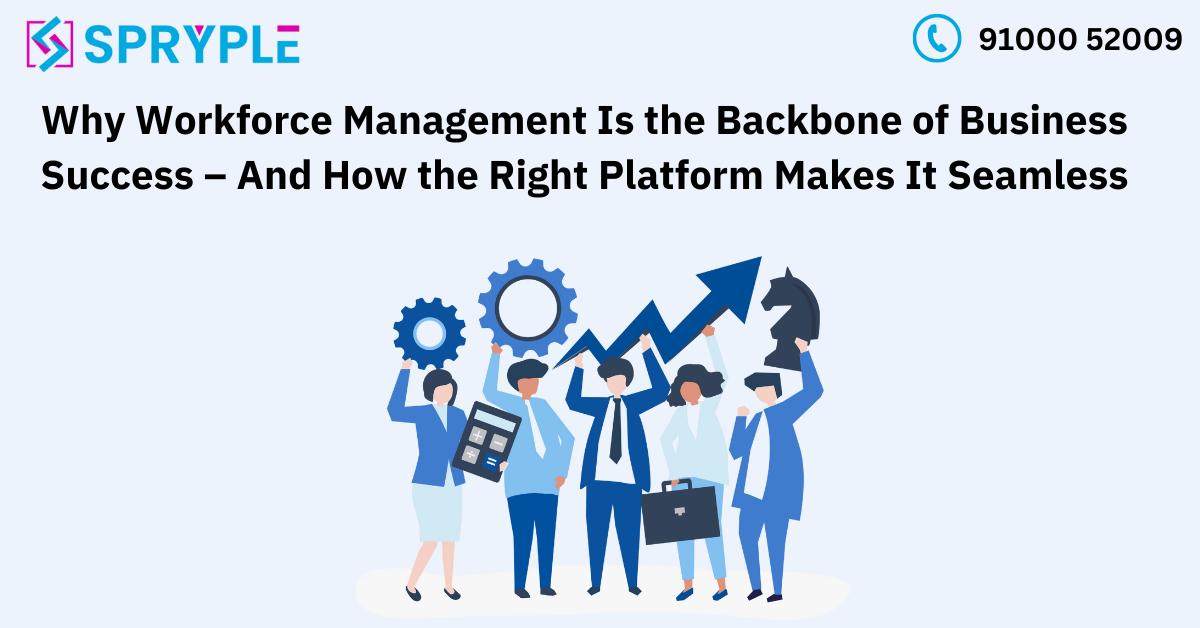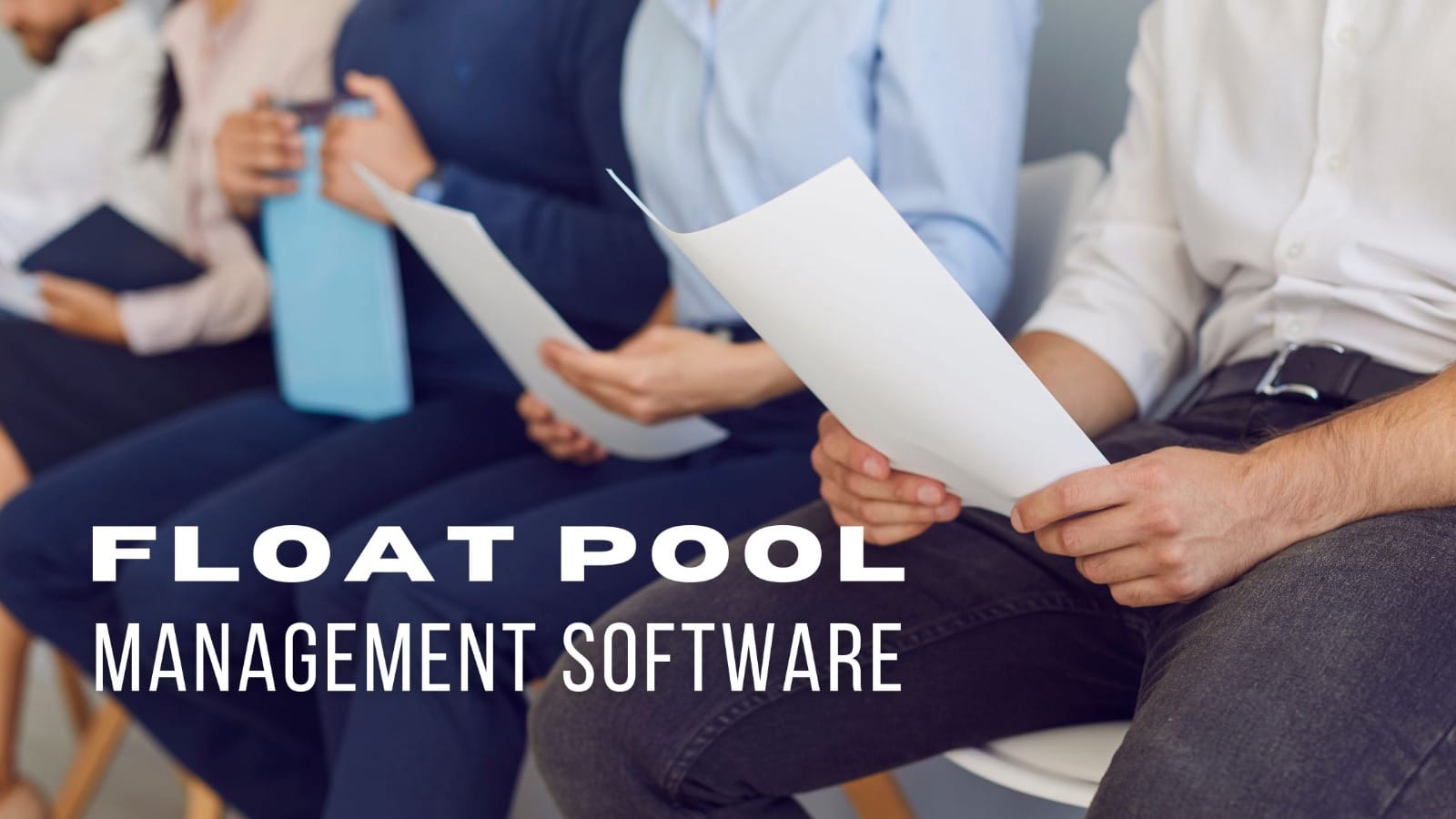
Float Pool Management Software: Streamline Workforce Flexibility Across Industries

Let’s get real about staffing challenges. Whether you’re running a hospital, managing a retail chain, or overseeing a tech support centre, one thing keeps coming up: the need for a flexible workforce that can move where the demand is. That’s where float pool management software enters the picture.
Think of float pool management software as your digital staffing coordinator on steroids. It’s not just another scheduling tool – it’s a comprehensive system that manages your flexible workforce, those valuable team members who can step in wherever they’re needed, whenever they’re needed. We’re talking about a solution that handles everything from tracking certifications to matching skills with demands, all while making sure your floating staff get the hours they want.
The reality of today’s business world is brutal. Customer demands fluctuate. Peak times shift. Emergency situations pop up. Having a fixed workforce assigned to fixed locations just doesn’t cut it anymore. Businesses are discovering that maintaining a float pool – a group of cross-trained employees who can work across different departments or locations – isn’t just convenient; it’s crucial for survival.
Core Features of Float Pool Management Software
Dynamic Shift Scheduling and Allocation
Managing a flexible workforce used to mean endless spreadsheets and phone calls. Today’s float pool software changes that reality. At its core, the scheduling engine does what experienced managers do – but faster and without the headaches. It looks at who’s available, what they’re qualified to do, and where they prefer to work. Then it makes smart matching decisions in seconds, not hours.
Most managers have horror stories about last-minute shift coverage. Like that time when three people called out sick during the holiday rush, and finding replacements meant calling down a list of twenty people. Modern float pool software turns that nightmare into a simple task. It sends notifications to qualified staff, collects responses, and fills gaps automatically – all while you focus on running your operation.
Resource Optimization for Cost and Efficiency
Talk about cost savings, and every manager’s ears perk up. But here’s the thing about float pool software – it doesn’t just save money, it makes money work smarter. When you’re juggling a flexible workforce across multiple locations, every staffing decision has a ripple effect on your bottom line. The right software spots patterns humans might miss, like when sending someone across town actually costs more than paying a local person overtime.
What used to take hours of calculating and comparing now happens automatically. The system weighs factors like travel distance, overtime implications, and skill levels to suggest the most cost-effective staffing solutions. One retail chain found they were saving enough on smarter staff deployment to pay for their entire system within months.
Real-Time Tracking and Communication
Remember when knowing if a shift was covered meant playing phone tag with three different people? Those days are gone. Modern float pool systems put real-time information at everyone’s fingertips. Managers can see who’s working where, who’s available, and who’s on their way – all from their phone or desktop.
But it’s not just about tracking. Good communication makes or breaks float pool success. The best systems make it easy for everyone to stay in the loop, whether they’re confirming a shift, reporting a delay, or asking a quick question. When everyone has the information they need, work flows smoother.
Integration with Attendance, Payroll, and HR Systems
Here’s a truth every manager knows: the best tool in the world is useless if it doesn’t work with your other systems. Float pool software needs to play nice with your existing setup. When someone picks up a shift, it should automatically reflect in their timecard. When they complete required training, their qualifications should update without manual input.
The real power comes from this seamless flow of information. No more double-entering data, no more reconciling different systems at month-end, no more wondering if someone’s certifications are up to date. Everything talks to everything else, saving time and preventing errors that cost money and create headaches.
Benefits of Float Pool Management Software
Operational Efficiency and Reduced Administrative Burden
Remember the old days of float pool management? Sticky notes everywhere, endless phone calls, and that sinking feeling when someone calls out sick. Now picture this: a manager walks in, opens their laptop, and sees exactly who’s available to fill today’s gaps. No panic, no chaos, just solutions at their fingertips.
The switch from manual to automated float pool management isn’t just about convenience – it’s about getting back valuable time. Where staffing coordinators once spent hours juggling requests and availability, they now focus on what matters: strategic planning and staff development. One retail manager put it perfectly: “I used to spend my mornings playing phone tag. Now I spend that time actually running my store.”
Cost Savings Through Optimized Resource Utilization
Let’s talk money – real savings, not just theoretical numbers. When you know exactly who’s available and qualified for each position, you stop paying for unnecessary overtime. When you can track patterns in demand, you schedule smarter. When you can move staff between locations efficiently, you maintain optimal coverage without overstaffing.
Smart float pool management means catching costly issues before they happen. Like spotting when you’re about to hit overtime thresholds, or when sending someone across town will cost more in travel time than finding a local replacement. These small decisions add up. One manufacturing facility cut their staffing costs by 15% just by optimizing how they deployed their float team.
Enhanced Employee Satisfaction via Flexible Scheduling
Here’s something most vendors won’t tell you: good float pool software doesn’t just make managers happy – it transforms how staff feel about their jobs. When people can easily pick up extra shifts that fit their schedule, when they can work at locations they prefer, when they’re not constantly being called on their day off, job satisfaction soars.
The best part? Happy float staff stick around longer. They appreciate the flexibility to balance work with life. They like having control over their schedule. And they love not having to wade through complicated systems just to pick up an extra shift. Lower turnover, higher engagement, better morale – all because people can actually manage their work life effectively.
Better Service Delivery by Maintaining Staffing Levels
At the end of the day, it’s all about service quality. Whether you’re running a chain of stores, managing a call centre, or overseeing production facilities, consistent staffing means consistent performance. Float pool software ensures you’re never caught short-handed during crucial times.
Think about what that means in real terms. No more turning customers away because you’re understaffed. No more quality issues because you couldn’t find a qualified replacement. No more burning out your regular staff because you couldn’t fill gaps quickly enough. When you can maintain proper staffing levels consistently, everything else falls into place.
The ripple effect touches every part of your operation. Employees aren’t stressed about covering for missing colleagues. Managers aren’t constantly putting out staffing fires. And customers get the service they expect, every time. That’s not just good for business – it’s essential for survival in today’s competitive market.
Applications Across Industries
Healthcare
Walk into any hospital or healthcare facility, and you’ll notice float staff are the backbone of flexible coverage. From nurses filling gaps across units to techs supporting multiple departments, float pools keep healthcare running smoothly. Modern float pool software turns the scheduling nightmare into a manageable process, ensuring patient care never suffers from staffing gaps.
Retail
Nothing tests a retailer’s staffing strategy like holiday rushes and seasonal peaks. One day you need extra hands in electronics, the next day it’s all hands on deck in toys. Smart float pool management means having trained staff ready to move where the crowds go.
Seasonal demand isn’t just about Christmas anymore. Back-to-school, Black Friday, summer sales – each brings its own staffing puzzle. Float pool software helps retailers maintain coverage without overstaffing, keeping labor costs in check while ensuring customers find help when they need it. No more watching sales walk out the door because half your staff called out during a big promotion.
Hospitality
Hotels and event venues know the staffing rollercoaster all too well. One weekend you’re hosting three weddings and a conference, the next it’s quiet enough to hear a pin drop. Float pool software helps balance these extremes, making sure you have enough servers, housekeepers, and support staff when you need them.
The beauty of smart float management in hospitality? Staff who know your standards can move between properties or events seamlessly. Whether it’s covering unexpected callouts or handling a sudden surge in bookings, having a well-managed float pool means never compromising on service quality.
Manufacturing
Production lines don’t wait for staffing issues to resolve themselves. When someone calls out sick or orders suddenly spike, you need qualified replacements fast. Float pool software helps manufacturing facilities maintain productivity by quickly filling gaps with trained staff who know the equipment and safety protocols.
The real game-changer? Being able to move skilled workers between lines or shifts based on real-time needs. Maybe Assembly Line A is running light while Line B needs extra hands for a rush order. Quick, efficient reallocation keeps everything moving without missing a beat.
Customer Service
Call centres live and die by their staffing levels. Too few agents? Hold times skyrocket. Too many? You’re burning payroll. Float pool software helps maintain that perfect balance, especially when call volumes are unpredictable.
Modern contact centres often handle multiple client accounts or services. Having a float pool of cross-trained agents who can switch between different types of calls or channels (phone, chat, email) gives managers the flexibility to meet service levels consistently. When the travel desk is swamped but insurance queries are quiet, being able to shift qualified staff quickly makes all the difference.
The best part about float pool management in customer service? Real-time data means you can spot trends and adjust before small issues become big problems. Maybe Mondays always spike after lunch, or end-of-month calls need extra technical expertise. Smart scheduling of your float pool keeps those challenges from becoming crises.
Key Considerations When Choosing Float Pool Management Software
Scalability for Growing Teams
Picking software that can’t grow with you is like buying shoes two sizes too small – painful and expensive to fix. Looking good today isn’t enough; your float pool system needs to handle tomorrow’s challenges too. One manufacturing plant learned this the hard way when their “perfect” system crashed trying to handle just 50 more float staff than planned.
Smart organizations think ahead. Maybe you’re managing 100 float staff today, but what happens when that doubles? Your software needs to handle more than just bigger numbers. It should scale smoothly across new locations, additional departments, and complex scheduling scenarios without breaking a sweat or requiring a complete overhaul.
Integration with HR and Payroll Systems
Nobody wants another isolated system creating data silos. Your float pool software needs to play nice with your existing tech stack. Payroll needs accurate hours. HR needs updated certifications. Finance needs real-time labour cost data. When systems don’t talk to each other, people waste time doing double entry and fixing errors.
The real test isn’t just whether systems can connect – it’s how well they share data. Can your payroll system automatically handle different pay rates when someone works across departments? Does HR automatically get notified when certifications are about to expire? These aren’t just nice-to-have features; they’re essential for running an efficient operation.
Usability and Training Requirements
Here’s a harsh truth: the most powerful software in the world is useless if your team won’t use it. Look for systems that make sense to the people who’ll use them every day. Your float staff should be able to pick up shifts without calling IT for help. Your managers should be able to fill gaps without diving into a manual.
Training shouldn’t require a PhD. One retail chain picked a “feature-rich” system that looked great in demos but took weeks to learn. Result? Managers went back to spreadsheets while paying for expensive software nobody used. The best systems balance powerful features with intuitive interfaces. If it takes more than an hour to learn the basics, something’s wrong.
Vendor Support and Reliability
When things go wrong with your float pool software – and at some point, they will – you need answers fast. Not generic help desk responses, but real support from people who understand your business. Check vendor track records. Talk to current customers. Ask about support hours and response times.
Reliability isn’t just about the software staying up; it’s about consistent performance under pressure. What happens during peak scheduling periods? How does the system handle hundreds of simultaneous users? One call centre found out too late that their new system bogged down every time they tried to mass-notify available staff about urgent shifts.
Remember: choosing float pool software isn’t just a tech decision – it’s a business decision that affects your entire operation. Get it right, and you enable growth, efficiency, and happy staff. Get it wrong, and you’ll spend more time managing your management software than managing your float pool.
Beyond Software: Making Float Pool Management Work
Let’s get real about what we’ve been discussing. This isn’t just about fancy software or automated schedules. It’s about solving those daily headaches that keep managers up at night. You know the ones – the 6 AM panic when three people call in sick, the constant juggling of staff between locations, the struggle to keep everyone happy while keeping operations running.
Organizations that have made the switch tell a compelling story. Gone are the days of endless phone calls and messy spreadsheets. No more pulling hair out trying to find last-minute coverage. No more hoping that qualified staff are available when you need them most.
Think about what this means for your operation: Your coordinators actually coordinate instead of drowning in paperwork. Your staff pick up shifts they want, when they want them. Your managers focus on running the business instead of playing phone tag. That’s not just efficiency – that’s transformation.













